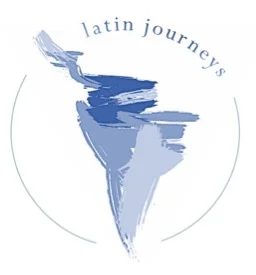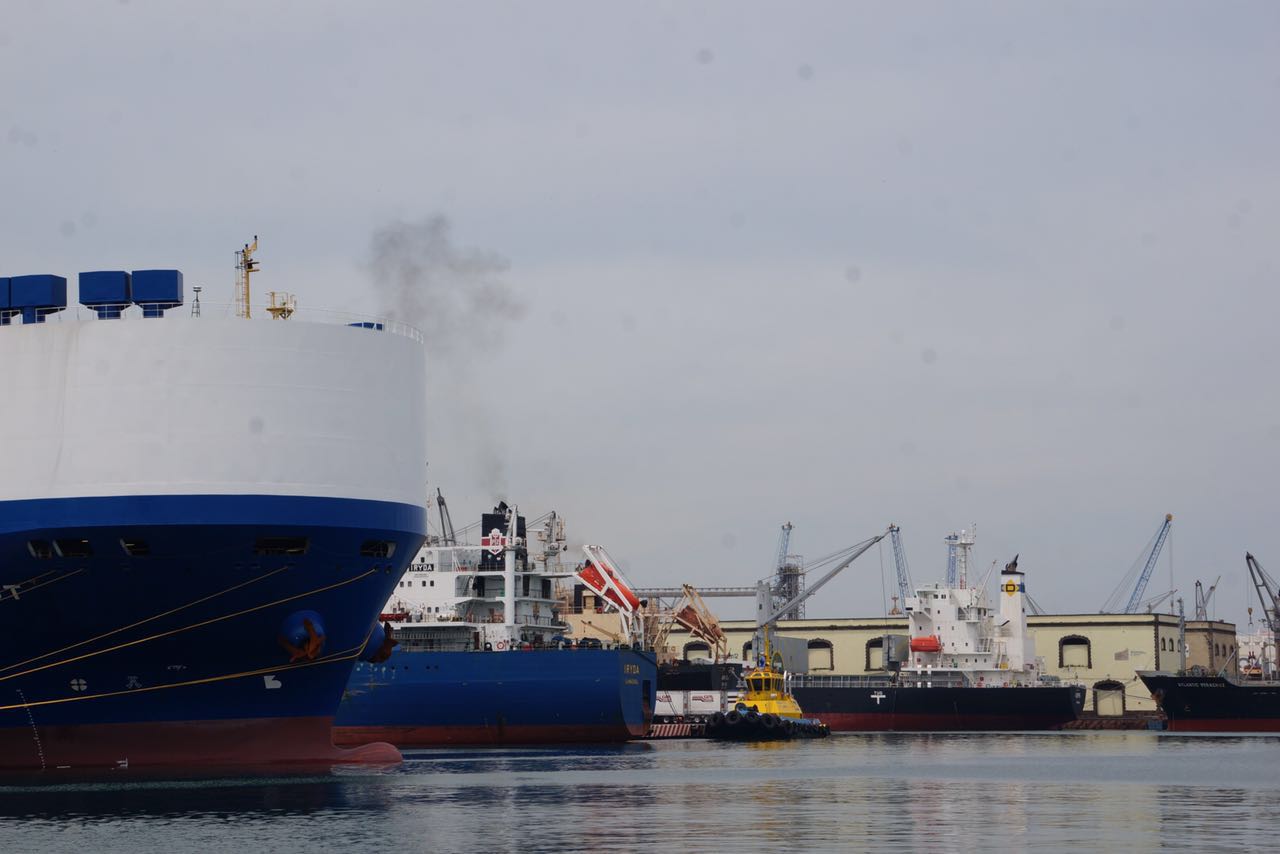Neo-Panamax
On 26 June 2016, the MV Cosco Shipping Panama, a large container ship, became the first ship to use the newly expanded Panama Canal (now capable of accommodating much larger vessels: 366m x 49m rather than the previous 294m x 32m). Thousands of Panamanians and the world’s media watched as the mammoth craft passed through the series of locks, en route from Greece to China.
But was there any significance in a Chinese ship being the first to use the new canal? As crowds waved their flags, fireworks were let off, and the media marvelled at the engineering genius of the project, was China actually making a subtle and calculating statement? Cosco is, after all, fully owned by the Chinese state and has grown into one of the world’s largest shipping operators. No doubt it was great marketing for the company, who renamed the ship ‘Cosco Shipping Panama’ from Andronikos for the occasion. But one has to wonder if China was in fact more concentrated on using the stage as a form of power play, to show the world it was now the major player in global shipping and a growing force in the Latin American region, for so long dominated by China’s great rival the U.S.
A bulk carrier at Miraflores Lock
The U.S. had acknowledged for a long time the importance of building a canal across the American isthmus. When the country was flexing its international muscles under President Roosevelt, the canal was seen as part of a geopolitical strategy to make the U.S. the world’s superpower. This was a time when air power had not been established, so maritime dominance dictated geopolitics.
The U.S. engineered Panama’s independence from Colombia in 1903 so it could gain control of the route, finishing construction in 1914. With this, the American navy could move between the Atlantic and Pacific theatres, establishing military (and therefore economic) dominance. It was an American ship, the SS Ancon, that became the first vessel to transit the Panama Canal.
Between 1903 and 1999, the U.S. controlled the length of the Panama Canal. But following years of unrest and riots, as the Panamanian people no longer tolerated a foreign gate-crasher exploiting the country’s most valuable asset, the Clinton administration was forced to hand over control of the canal.
The U.S. still dominates the canal, nowadays in terms of freight tonnage – 65% of the cargo that uses the waterway has American ports as its origin or destination. As such, there can be no doubt that the Americans still have an invisible hand of power over the Panama Canal. Interestingly, although the Neutrality Treaty gives Panama the sole right to manage the canal, the U.S. has authority to defend it militarily.
Ital Libera being towed
However, China has become the second largest user of the canal, and freight levels to and from the country passing through Panama are set to rise as Latin America becomes an increasingly important trading partner. Therefore, is it possible that China feels undermined by the U.S.’ historic stranglehold on the waterway? Perhaps this is why it is rumoured that Beijing is the real money behind the HK Nicaragua Canal Development Investment Company, which claims to have started building a rival shipping canal across Nicaragua?
Considering the strategic importance of the Panama Canal, and the geopolitical nature of the shipping industry as a whole, driving global trade and maintain resource security, was the MV Cosco Shipping Panama China’s way of subtlety showing the U.S. it was the new kid in town, particularly as it itself increases its naval capabilities?
However, while there is no doubting the political play, it could also have just been coincidence that a Chinese ship inaugurated the new Panama Canal. Prior to the grand opening, the canal authorities invited its top customers to participate in a draw to see which company would be chosen to use the extension first. On 29 April 2016, Cosco’s name was pulled out of a hat. In second place, in case the MV Cosco Shipping Panama arrived late, was the Scandinavian shipping company Wallenius Wilhemsen. To think, if it had been a Norwegian or Swedish ship, would I have been accusing those nations of power play? Perhaps not. But then, perhaps Beijing knew Cosco would win…







